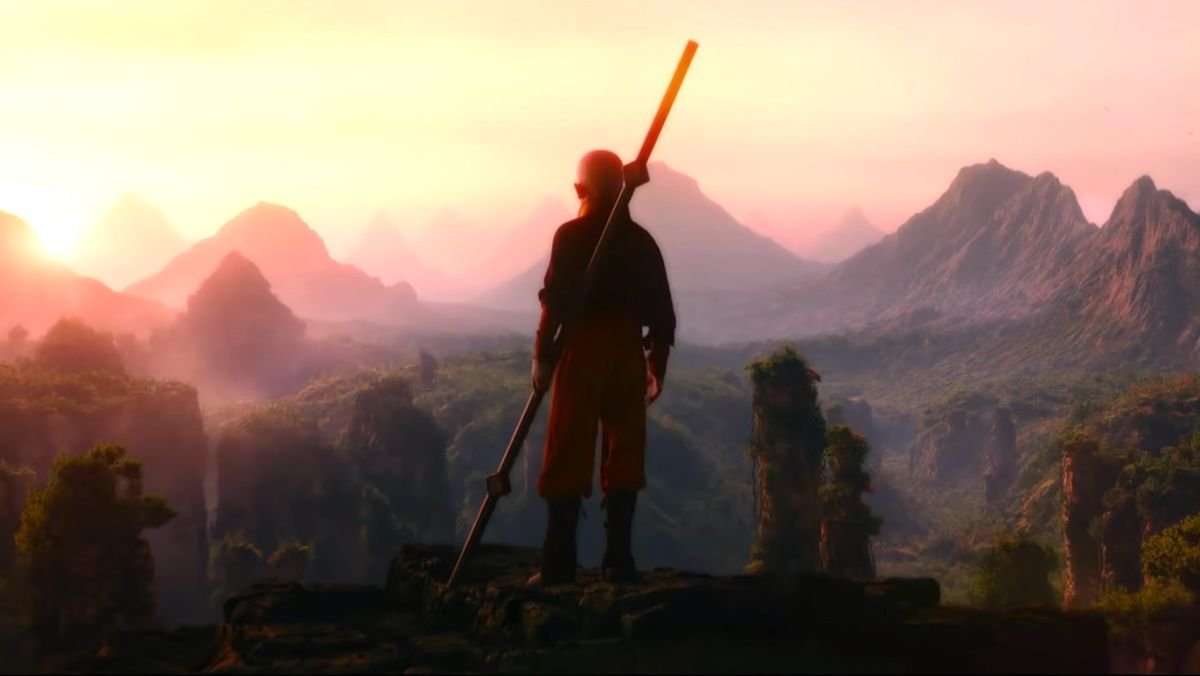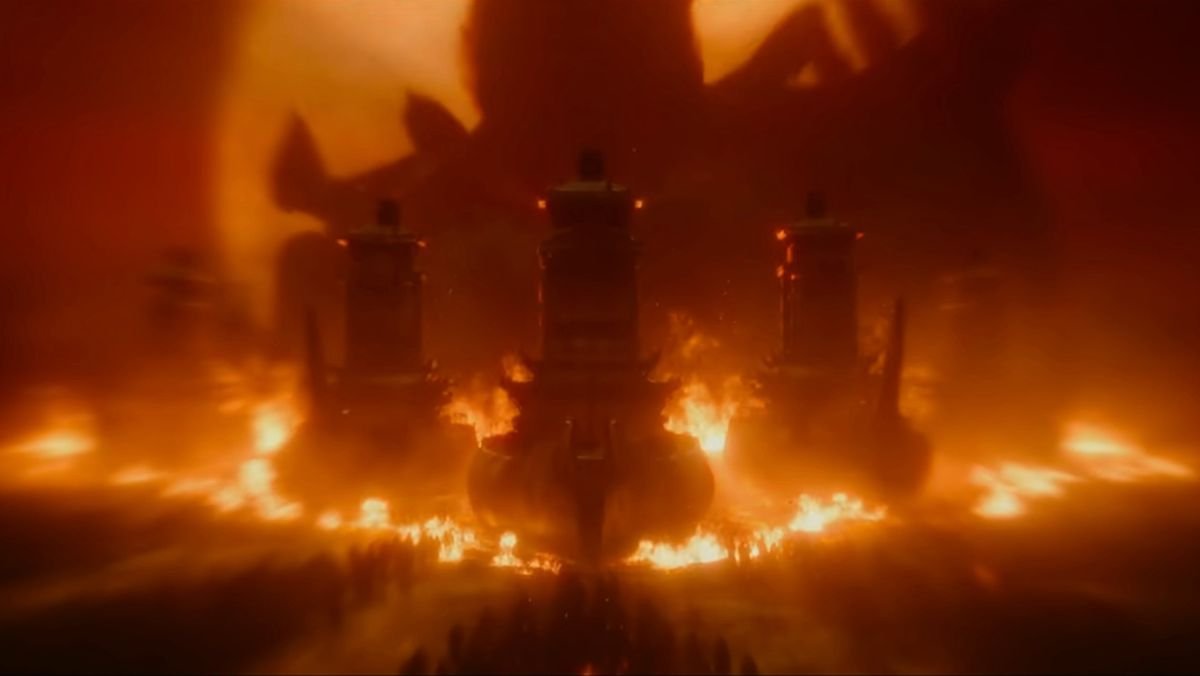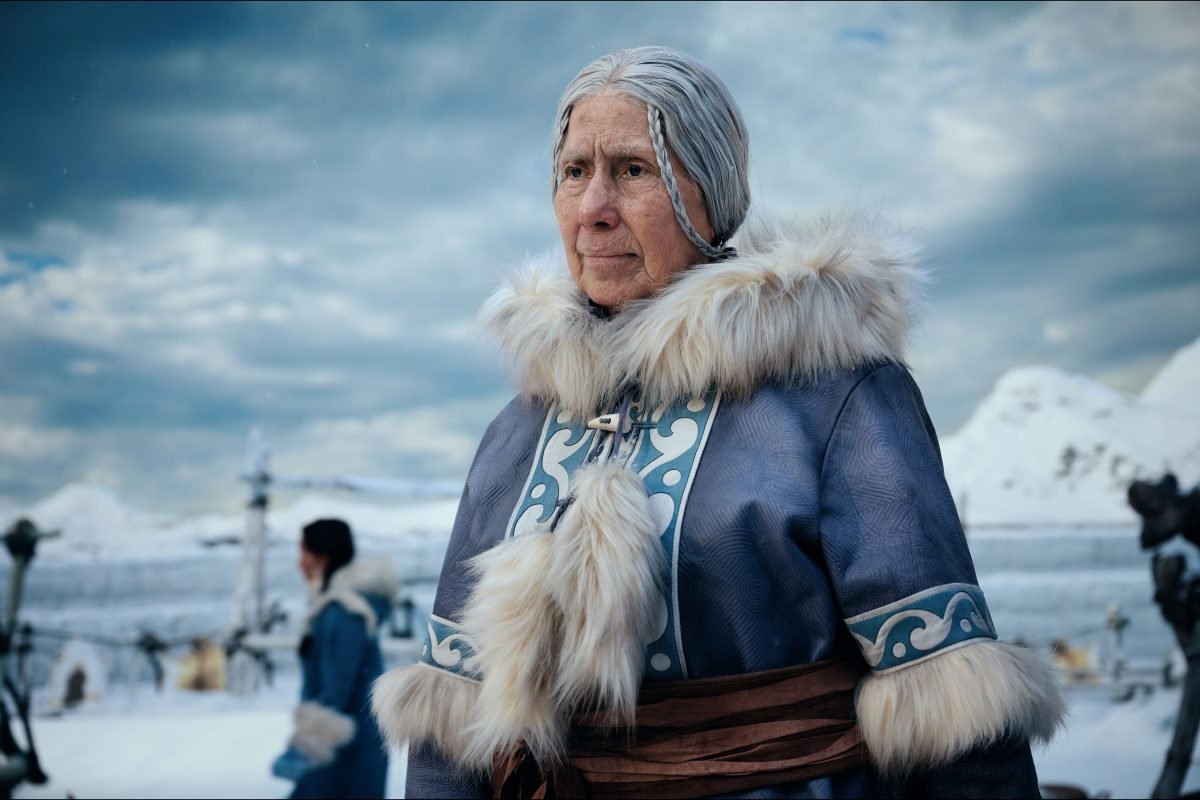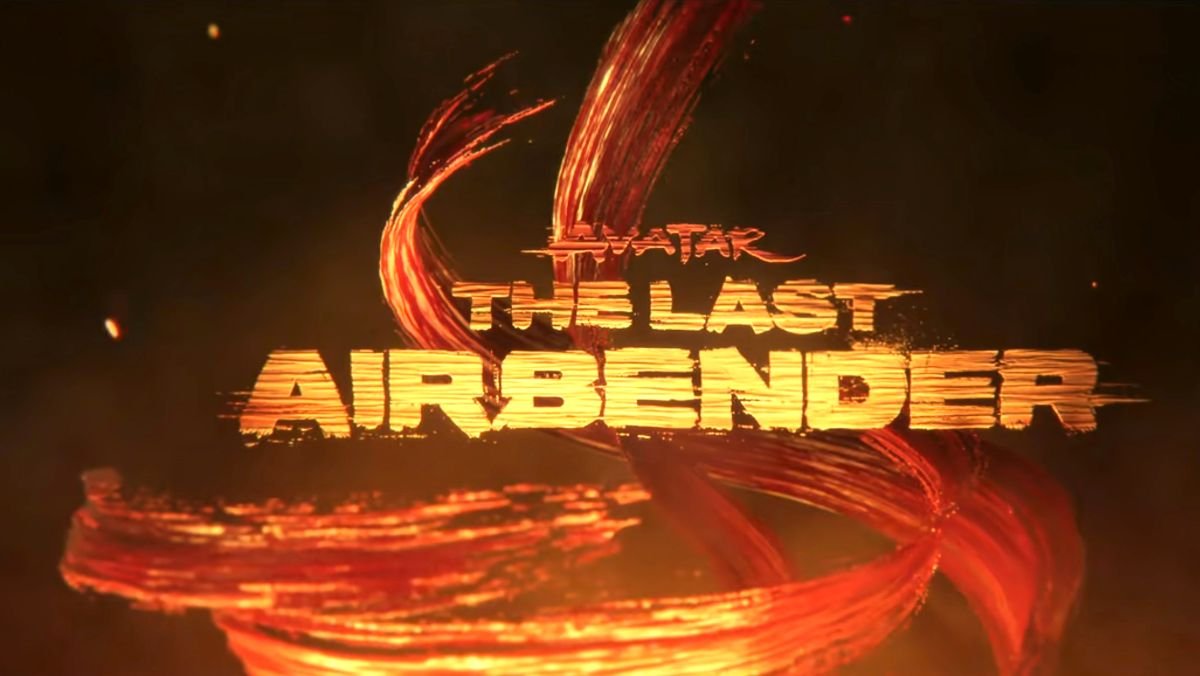Water. Earth. Fire. Air. Long ago, the four nations lived together in harmony… Then everything changed when the Fire Nation attacked. If you’re an Avatar: The Last Airbender fan, chances are you’ve heard this opening refrain at least 61 times in your life, if not more. And, even if you’re not an ATLA true-heart, “Everything changed when the Fire Nation attacked” is one of the most meme-ed lines ever on the internet. Avatar‘s opening moments are unarguably iconic ones. And that left fans wondering what the Netflix’s new live-action Avatar: The Last Airbender series would do with the opening sequence. Would it recreate it faithfully? Would it come up with a spin on the often-repeated lines? Well, in the end, the Avatar: The Last Airbender live-action does deliver a version of the cartoon’s opening sequence, but you only get to hear it once.
The Avatar Cartoon’s Opening Sequence Does Appear in the Live-Action Series
The live-action Avatar: The Last Airbender series’ first order of business is to pay homage to the cartoon’s opening sequence, at least part of it. After an opening teaser, the live-action series goes right into “Water. Earth. Fire. Air.” And as it does, it shows cartoon-like shots of powerful benders bending all four elements. But this time, instead of Katara doing the voice-over, it’s Avatar Kyoshi. As Kyoshi speaks, the dialogue of the opening changes a bit.

Avatar Kyoshi shares the following alongside images of her bending all four elements, “For millennia, the four nations have lived in harmony, a peace made possible by the Avatar—the one person with the ability to master all four elements and protect the delicate balance between nations. When one Avatar dies, their spirit is reborn into a new body in an eternal cycle. Since the death of the last Avatar, the new incarnation has yet to emerge. And so, Fire Lord Sozin, the ruthless leader of the Fire Nation, believes this is his moment to launch a merciless campaign to conquer the world. His first step is to eliminate the one person who could stand in his way. The next master of all four elements, an airbender who may not be ready for the responsibility of becoming the Avatar.”

An Opening Sequence That’s A Little More Adult

In the live-action sequence, we can feel the sentiments of Avatar: The Last Airbender‘s cartoon opening. For example, “And though his airbending skills are great, he has a lot to learn before he can save anyone” becomes “an airbender who may not be ready for the responsibility of becoming the Avatar.” But Kyoshi’s live-action opening sequence is both more informative and more serious than Katara’s warm effusions. Jabbar Raisani, executive producer and visual effects supervisor, shares details of the intent behind the live-action Avatar opening sequence. He notes, “We just wanted to make sure audiences didn’t think they were getting a kids’ show. We want to ensure that our show is for all ages.” And, undoubtedly, the live-action wanted to use this real estate to get across some crucial information to more casual fans.

Ultimately, though, this opening sequence only occurs once in the Avatar live-action show, as a part of its first episode’s narrative. It does not recur at the start of every episode.
More Light-Hearted Moments From the Cartoon’s Live-Action Appear Elsewhere in the Show
Despite the more serious nature of the live-action Avatar‘s opening sequence, the most light-hearted moments from the cartoon’s introduction do appear in the show itself. Specifically, we see the scene where Aang is giggling and rolling around on his air sphere and then bumps into a statue in the live-action. This occurs in episode two of the Netflix series, “Warriors.”
Is ‘Everything Changed When the Fire Nation Attacked’ in the Live-Action Avatar‘s Opening Sequence?
We know what you must be asking, where is “Everything changed when the Fire Nation attacked” in the new live-action Avatar: The Last Airbender opening sequence? Well, it’s not there. But fear not, the words do get uttered in the series. The live-action Avatar cleverly incorporates them into the in-universe mythology in a very meta way.
After Aang awakens, he doesn’t know what’s happened in the world. Sokka and Katara take him to Gran Gran who shares the story of war that “everyone in the village knows.” Speaking as though reciting a legend long-repeated, live-action Gran Gran launches into another version of the cartoon’s opening sequence. In fact, she shares parts of it verbatim noting, “Water. Earth. Fire. Air. Long ago the four nations lived together in harmony, then everything changed when the Fire Nation attacked. Only the Avatar, master of all four elements, could stop them, but when the world needed him most, he vanished.” And then she continues, “And so the Fire Nation laid waste, plunging us into a time of darkness.”

And drink! There you have it, “Everything changed when the Fire Nation attacked” isn’t in the live-action Avatar: The Last Airbender‘s opening sequence, but it is a part of legend in its world. Everyone knows these words… just like in our world.
How Does the Avatar: The Last Airbender Live-Action Series Open Its Episodes?

So, if the main opening sequence equivalent only plays once, how does Netflix’s live-action Avatar: The Last Airbender open its episodes? Well, instead of an elaborate sequence, the episodes open with something a little simpler that still works well to bring the audience in. At the start of every live-action episode, the Avatar‘s main theme plays to churn up all those emotions. In addition to the audio cue, the opening celebrates the main element in play that episode. (So when we visit the Air Nomad temple, we honor air, and when the story moves to Omashu, we honor Earth.) Colorful sweeps in the element’s color scheme swoosh across the screen (or crash, flow, burn, etc.), and, in the end, we see the Chinese character for the element artfully depicted on our screens along with the live-action episode’s name.
Nerdist Editor Rotem Rusak has been an Avatar: The Last Airbender fan for nearly two decades. You can learn all about her love of Zuko’s story on Nerdist’s Laser Focus Podcast.




